Mirepoix is more than just a bunch of chopped vegetables - it's a testament to the power of simplicity in cooking. Let's dive deep into the world of this flavor powerhouse, covering all the ins and outs you're curious about with this guide to mirepoix.
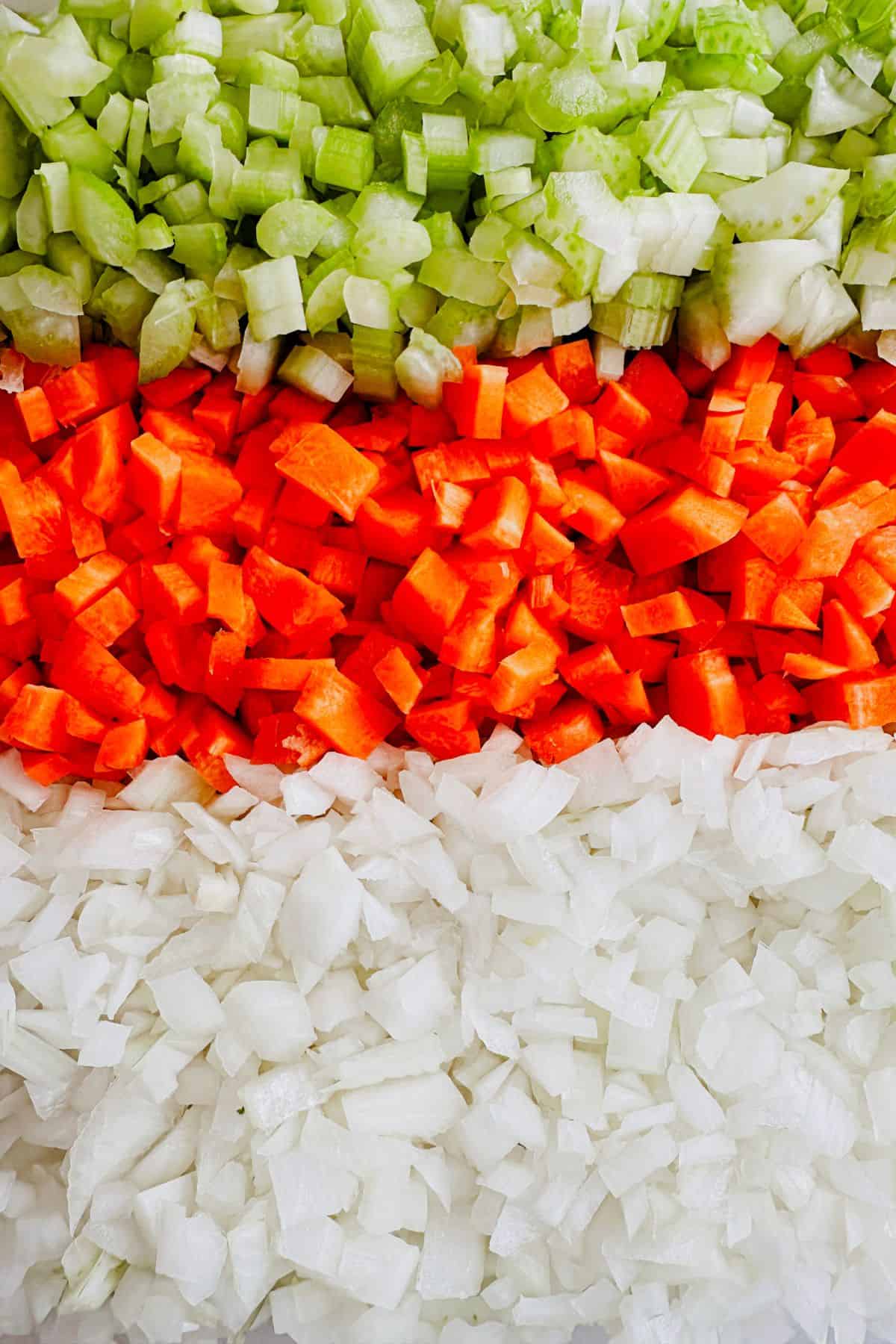
Jump to:
What is mirepoix?
Mirepoix (pronounced "meer-pwah") is a fundamental element in cooking, especially within French cuisine. It's a simple combination of chopped vegetables used as a base for various dishes. The classic mirepoix consists of three basic ingredients:
- Onions
- Carrots
- Celery
These are typically chopped and combined in a ratio of 2:1:1 (onions: carrots: celery). The mixture is sautéed in butter, oil, or other fats, which helps to soften the vegetables and release their flavors. The purpose of mirepoix is to provide a flavor foundation for dishes such as soups, stews, sauces, and braises.
The Origins of Mirepoix
Mirepoix has its origins steeped in the rich history of French cuisine. It dates back to the 18th century and is named after the Duke of Mirepoix, a French aristocrat and an ambassador of King Louis XV.
The Duke's chef is credited with popularizing the combination, which initially served as a base for soups, stews, and sauces in the French aristocracy's kitchens. Its use rapidly spread beyond the confines of aristocratic dining to become a fundamental component in both professional and home cooking.
Over the years, mirepoix has not only remained a crucial element in French cooking but has also influenced culinary practices worldwide, leading to the development of similar vegetable bases in various cuisines. This culinary invention showcases the impact of combining humble ingredients to create rich, foundational flavors that are integral to countless dishes.
The Art of Preparing Mirepoix
As mentioned earlier, the classic 2:1:1 ratio is for a balanced flavor, but feel free to experiment as you become more comfortable.

Chopping the vegetables uniformly is crucial as it ensures even cooking. Typically, they are finely diced, although the size can be adjusted based on the cooking time and the specific requirements of the dish.
At the heart of mirepoix are onions, the quintessential ingredient that brings depth and a touch of sweetness to the mix. Yellow onions are often chosen for their perfect balance between sweetness and astringency.
Carrots, with their subtle sweetness and bright color, add another layer of flavor and visual appeal. To learn how to efficiently peel and dice a carrot, visit How to Dice a Carrot.
Completing this classic trio is celery, which introduces a fresh and slightly bitter note, beautifully offsetting the sweetness of the onions and carrots. For effectively dicing celery, visit How to Dice Celery.
The technique of preparing mirepoix is just as important as the ingredients themselves.
The cooking process itself is a gentle sauté, usually in butter or oil. Low and slow is the mantra. Rushing this step can lead to uneven flavors. This method is designed to soften the vegetables without browning them, thus coaxing out their flavors subtly and effectively. This delicate balance in preparation is what makes mirepoix a beloved and indispensable component in both professional and home kitchens alike.
Variations of Mirepoix
Mirepoix is not a static concept but a flexible foundation adaptable to various cuisines. Here are three popular delicious combinations.
Italian Soffritto
The traditional Italian soffritto typically includes onions, carrots, and celery, chopped very finely and sautéed slowly in olive oil. The ratio of these vegetables can vary, but they are generally used in equal parts. Unlike mirepoix, which is sometimes cooked in butter, Italian soffritto is almost always cooked in olive oil, reflecting the prominence of olive oil in Italian cuisine. Additionally, garlic, parsley, and other herbs may be included in the soffritto mix, depending on the regional variations and specific dish requirements.
Spanish Sofrito
Spanish sofrito is typically composed of finely chopped tomatoes, which provide a rich, acidic backbone, onions for sweetness and depth, garlic for its pungent aroma, and bell peppers, either green or red, for a touch of sweetness and bitterness.
Olive oil is used for sautéing these ingredients, reflecting its staple status in Spanish cuisine. This method creates a rich and aromatic foundation that is versatile enough to be used in various dishes, from hearty stews and soups to the iconic Spanish paella and various sauces. Additional ingredients like paprika, bay leaves, or wine can vary by recipe, adding further complexity to the Spanish culinary tradition.
Cajun Holy Trinity
The Cajun Holy Trinity is a blend of vegetables that forms the flavor base for many dishes in Cajun cuisine, a style of cooking that originated in Louisiana, USA. This flavorful trio consists of onions, bell peppers, typically green, and celery. These ingredients are usually chopped and sautéed together, often in butter or oil, with the proportions commonly being equal parts of each. characteristic of regional favorites like gumbo, jambalaya, étouffée, and various other stews and sauces.
Mirepoix in Various Dishes
The beauty of mirepoix lies in its versatility. Here are some ways to incorporate it into your plant-based cooking:
- Vegan Soups and Stews: Mirepoix is often the starting point for vegan soups and stews, providing a rich base of flavors. It's excellent in lentil soup, vegetable stew, or a hearty minestrone. Check out Easy Lemony White Bean Soup With Rigatoni for an easy soup using mirepoix.
- Ratatouille: This classic French vegetable dish can start with a mirepoix base before adding the traditional zucchini, eggplant, and tomatoes.
- Vegan Risotto: A mirepoix can be used as the initial sauté for a creamy vegan risotto, later incorporating Arborio rice and vegetable broth for a rich and comforting dish.
- Vegan Bolognese: For a meatless version of this classic Italian sauce, mirepoix adds depth to the base, which can then be built upon with lentils, mushrooms, and tomatoes.
- Vegan Chili: Mirepoix provides a flavorful foundation for various vegan chili recipes, whether using beans, lentils, or textured vegetable protein.
- Vegan Pot Pie: A sautéed mirepoix can be mixed with other vegetables, herbs, and a vegan gravy, then topped with a vegan crust for a comforting pot pie.
- Stuffed Vegetables: Mirepoix can be used as a filling for stuffed bell peppers, tomatoes, or zucchini, often combined with grains like quinoa or rice.
- Braised Vegetables: In dishes like braised cabbage or kale, starting with a mirepoix can add complexity and richness to the vegetables.
- Vegan Gravies and Sauces: A mirepoix can form the flavor base for rich vegan gravies and sauces, perfect for drizzling over mashed potatoes, vegan roasts, or steamed vegetables.
- Vegan Casseroles: For layered casseroles, a mirepoix can be used as part of the base layer, adding flavor to the entire dish.
Storing and Prepping Mirepoix
When it comes to storing and prepping mirepoix, there are some efficient strategies that can save time and extend its usability in the kitchen.
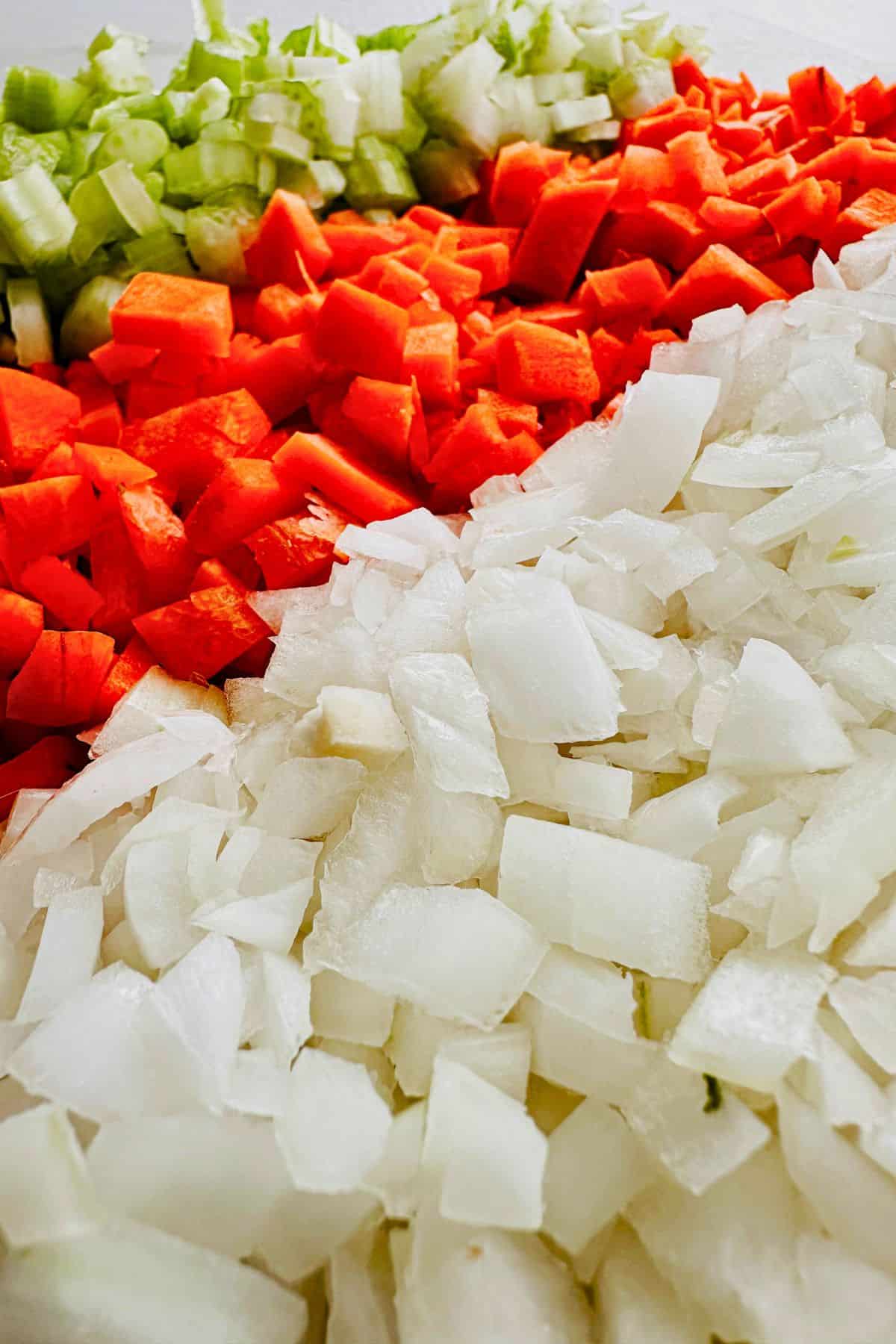
First, you can prepare your mirepoix in advance by chopping the onions, carrots, and celery and then storing them in the refrigerator. This pre-chopped mix can be kept for a couple of days, ensuring that you have a ready-to-use base for various dishes at your convenience.
Additionally, mirepoix is quite freezer-friendly. You can freeze it in portion sizes, which is particularly useful for future recipes. This method not only preserves the freshness of the vegetables but also allows for easy and quick incorporation into your cooking, streamlining the process of creating flavorful meals.
Advanced Uses of Mirepoix
As you become more familiar with mirepoix, you can start to explore its more advanced applications.
Experienced chefs often employ mirepoix in sophisticated ways to elevate their dishes. One such technique is roasting the mirepoix before adding it to stocks or broths, which enhances the depth and complexity of the flavors, giving a richer and more robust character to the final dish.
Additionally, deglazing a pan used for sautéing mirepoix, using wine or stock, captures the caramelized bits (fond) at the bottom, creating an enriched flavor base that can serve as the foundation for gravies and sauces. This approach to using mirepoix not only demonstrates the chef’s skill in layering flavors but also showcases the transformative power of simple ingredients when used with expertise and creativity in the kitchen.
Common Mirepoix Mistakes
When preparing mirepoix, there are common mistakes that can detract from its intended role as a flavor foundation.
One of the most frequent errors is overcooking the vegetables, leading to excessive browning or caramelization. While a slight sauté is essential, too much browning can produce a bitter taste, overshadowing the subtle flavors mirepoix is meant to impart.
Another typical misstep is chopping the vegetables inconsistently. Uneven chopping can lead to parts of the mirepoix cooking faster than others, resulting in a mixture where some components are undercooked and crunchy while others are overcooked and mushy. This inconsistency can affect the overall texture and flavor balance of the dish.
Additionally, neglecting to cook the vegetables slowly and gently is a common oversight. Rushing this process can prevent the full range of flavors from developing, thereby reducing the mirepoix’s effectiveness in enhancing the dish.
Final Thoughts: The Magic of Mirepoix
Mirepoix may seem like a humble mix of vegetables, but its impact on culinary creations is immense. It is more than just a mixture of chopped vegetables - it's a testament to the power of simplicity in cooking.
It embodies the idea that great flavors don't have to be complicated or expensive. Whether you’re making a hearty stew on a cold evening, a light vegetable soup for a summer lunch, or exploring new culinary territories, mirepoix offers a reliable and flavorful starting point. Embrace the simplicity and depth of mirepoix, and watch it transform your cooking from ordinary to extraordinary.
Looking For More Articles?
- Guide to Chia Seeds Plus 10+ Ways To Enjoy Them
- 20+ Delicious Vegan Red Lentil Recipes
- 20 Seasoning Blends
- Guide To Vegan Sausage



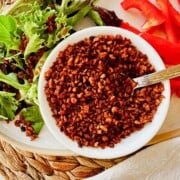













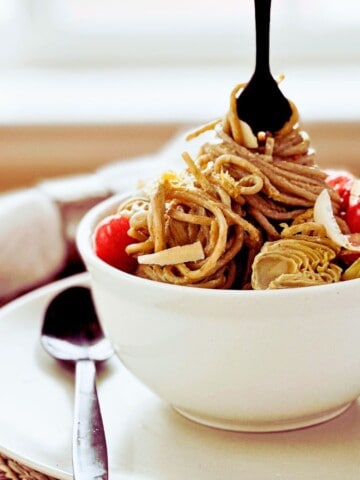
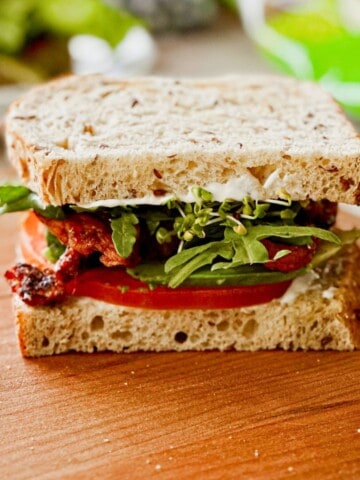






Comments
No Comments